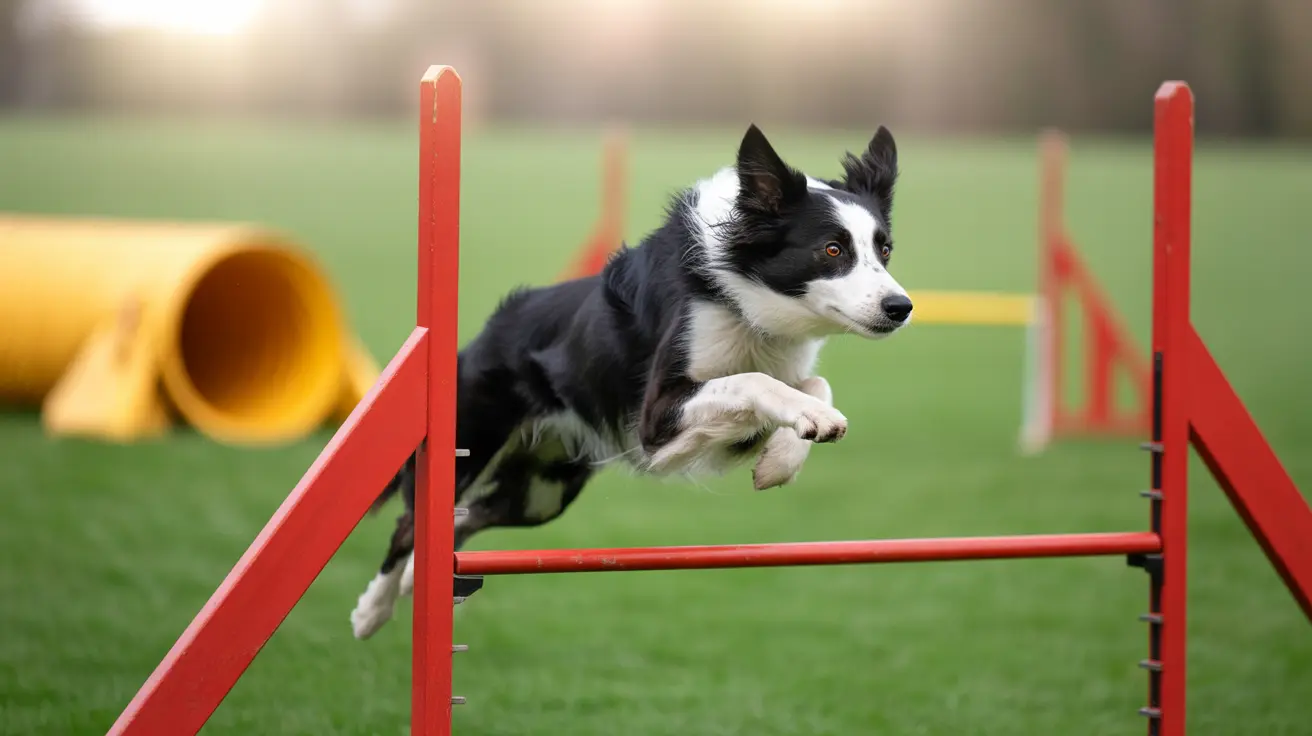How Dogs Perceive Time: Understanding a Dog's Sense of an Hour
Dogs experience the world in ways vastly different from humans, especially when it comes to the perception of time. While an hour may be a brief period for people accustomed to fast-paced schedules and digital clocks, for dogs, the passage of an hour might be perceived quite differently—possibly stretching into what feels like several hours. This perception is not based on clocks but on sensory cues, emotional associations, and memory.
Dogs and Time Perception
Dogs do not have the concept of time in the abstract way humans do; they do not "count" minutes or hours. Instead, their sense of time is primarily shaped through
associative memory and
routine recognition. Their brain processes time based on repetitions, changes in the environment, and emotional triggers.
Key elements of dog time perception include:
- Sensory associations – Dogs link events to smells, sights, and sounds.
- Emotional connections – Strong emotional moments are more vividly remembered.
- Behavioral rhythms – Dogs rely on daily routines and internal rhythms.
Short-Term vs. Long-Term Memory in Dogs
Dogs have a relatively
short short-term memory, lasting only a few minutes. For instance, a dog may forget being scolded within minutes. However, their
long-term memory is far more robust, especially when tied to
emotional significance, such as affection, pain, or routine.
Scientific insights show:
- Dogs forget neutral events quickly.
- Positive or negative emotional events are retained longer.
- Routine-based memory is strongest and most enduring.
These findings suggest that dogs don't perceive time linearly. Their concept of "how long" is based more on what has or hasn't occurred in relation to their routine or environmental stimuli.
Does an Hour Feel Long to a Dog?
An hour for a dog can feel much longer than for a human, especially in the context of
waiting or
separation anxiety. Since they process time through
change and routine, even short absences may feel prolonged if the sensation of your presence is gone. This subjective experience is influenced by several factors:
- Individual temperament – Some dogs are more sensitive to time gaps due to anxiety or attachment levels.
- Breed characteristics – High-energy breeds may perceive time differently due to a greater need for stimulation.
- Age and cognitive health – Older dogs or those with cognitive decline may process time differently.
Sensory Indicators: How Dogs Know Time Has Passed
Dogs use a combination of environmental and sensory clues to perceive time intervals:
- Light and sound patterns – Changes in daylight or house sounds (like appliances) help indicate time.
- Scent decay – Dogs may interpret scent strength changes to gauge time since an interaction.
- Daily routines – Feeding, walking, and play schedules teach dogs to anticipate timing.
An hour's passage, when a routine is disrupted, may feel like a noticeable absence to a dog. For tightly bonded pets, the absence of their person—even briefly—can trigger anxiety.
Emotional Memory and Attachment
Dogs form
emotional memories with their humans. These associations can anchor their sense of time:
- Daily interactions make short separations more significant.
- Familiar smells and voices help dogs recognize bond partners even after years apart.
- Breaks in routine can cause stress or confusion, magnifying the sense of time elapsed.
While they don't remember the specific event of your departure, the lack of sensory engagement with you cues them into the absence.
Helping Dogs Cope With Short Absences
If an hour feels like more than an hour to your dog, there are strategies you can use to make the time easier for them:
- Leave familiar-smelling items – These help bridge the sensory gap.
- Stick to a consistent routine – Predictability reduces anxiety.
- Provide distractions – Puzzle toys and treats can create positive associations with alone time.
Scientific and Anecdotal Support
Studies using
brain scans and behavioral testing confirm that dogs process information and stimuli using areas of the brain similar to those used in social awareness by humans. They can remember individuals and recognize familiar faces and voices long after separation—supporting the idea that their emotional memory is strong.
Conclusion
Though dogs can't tell time in the human sense, their perception of an hour may feel much longer, especially in emotional or separation contexts. They rely on
associative memory, routine, and sensory cues to interpret time. Understanding this can help pet owners manage their dogs' experience of absence and strengthen their shared bond through consistency, love, and patience.





